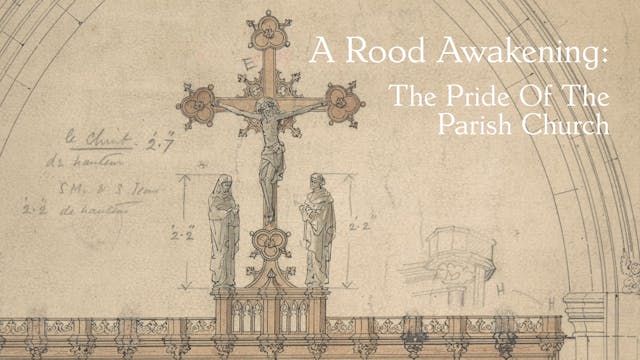Saint Oswald’s Many Heads: The Life & Afterlife Of A Northumbrian King
The Middle Ages
•
1h 3m
King Oswald was a Christian king of Northumbria who died in battle in 642, and was soon recognised as a saint. He was slain by the Mercian king Penda, who cut off Oswald's head and impaled it on a stake on the battlefield as a sign of his victory. By the end of the Middle Ages 4 different religious foundations claimed possession of Saint Oswald’s head. Durham, in Oswald’s native Northumbria, had the best claim to possess the authentic relic, but communities in the Netherlands, Germany and Switzerland also claimed the king’s head. This talk explores the life and afterlife of a Northumbrian king, who became a cult figure not only in his native north-east of England, but also, and more surprisingly, across medieval Europe.
Dr Johanna Dale is a British Academy postdoctoral fellow in the Department of History at University College London. She works at the intersection of political and cultural history in the Middle Ages, with a particular focus on medieval England and German-speaking lands. Her first book, Inauguration and Liturgical Kingship in the Long Twelfth-Century was shortlisted for the Royal Historical Society’s 2020 Whitfield Prize. Her current research project investigates the influential cult of St Oswald of Northumbria and the role of liturgy within it.
Up Next in The Middle Ages
-
A Rood Awakening: The Pride Of The Pa...
Join us on a historical tour exploring how and why Rood Screens came to be built that separated the congregation from the priests in parish churches. Through illustrated examples, some of the care and attention devoted to embellishing these screens by the parish congregations will be revealed. Fi...
-
Most Highly Favoured Lady: The Annunc...
The talk will cover the importance of the date of the Annunciation in the Christian Calendar, the development of devotion to the Mystery of the Annunciation and its expression in the art and imagery of medieval parish churches in England. It will look at the origin of the legends surrounding the ...
-
Painting The Passion With Passion: Gi...
Giotto’s frescoes in the Scrovegni Chapel in Padua, painted between 1303 and 1305, constitute one of the most beautiful, most coherent and most complete decorative schemes to have survived the ravages of time, the changes of taste, and the vagaries of flood, fire and other ‘Acts of God’. Telling ...



